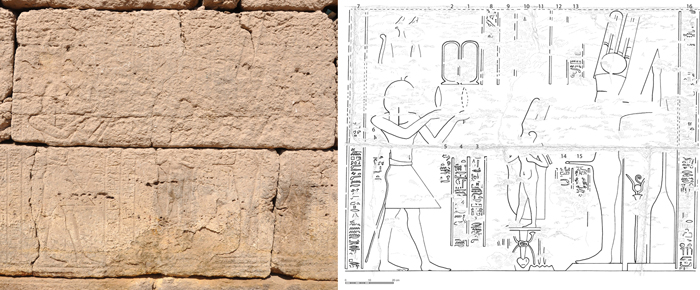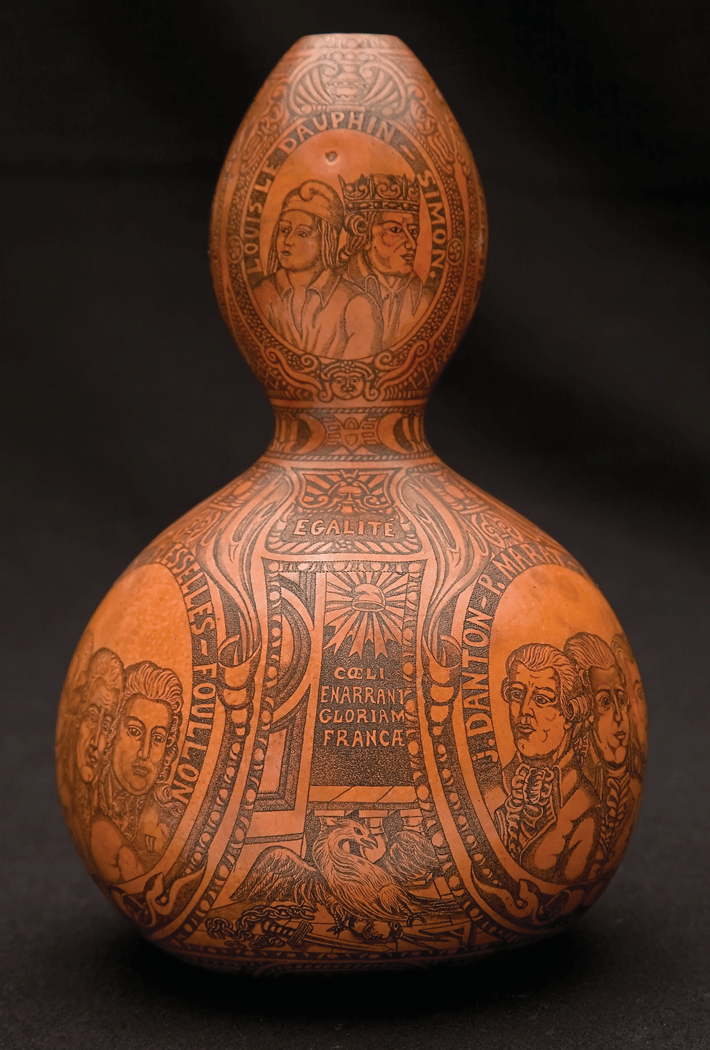
SWANSEA, WALES—A recently uncovered carving on the western exterior wall of the Temple of Isis at Shanhur shows the Roman emperor Claudius, dressed as an Egyptian pharaoh, raising the pole of a tent to create a cult chapel for Min, a god of fertility, in what was even then an ancient ritual. Min, in return, is depicted giving Claudius control of southern lands, perhaps the mineral-rich deserts surrounding the Nile River. In another engraving on the temple, Claudius is shown giving an offering of lettuce to Min to ensure Egypt’s continued fertility. “Although we know that Claudius, as most Roman emperors, never visited Egypt, his rule over the land of the Nile and the desert regions was legitimized through cultic means,” Martina Minas-Nerpel of Swansea University and Marleen De Meyer of KU Leuven University wrote in the journal Zeitschrift für ägyptische Sprache und Altertumskunde. Because the image is dated, the scholars surmise that such a ritual actually took place, using a stand-in for the emperor and a statue for Min. “What we see depicted on the temple scene is the ideal scenario,” Minas-Nerpel explained in Live Science.









